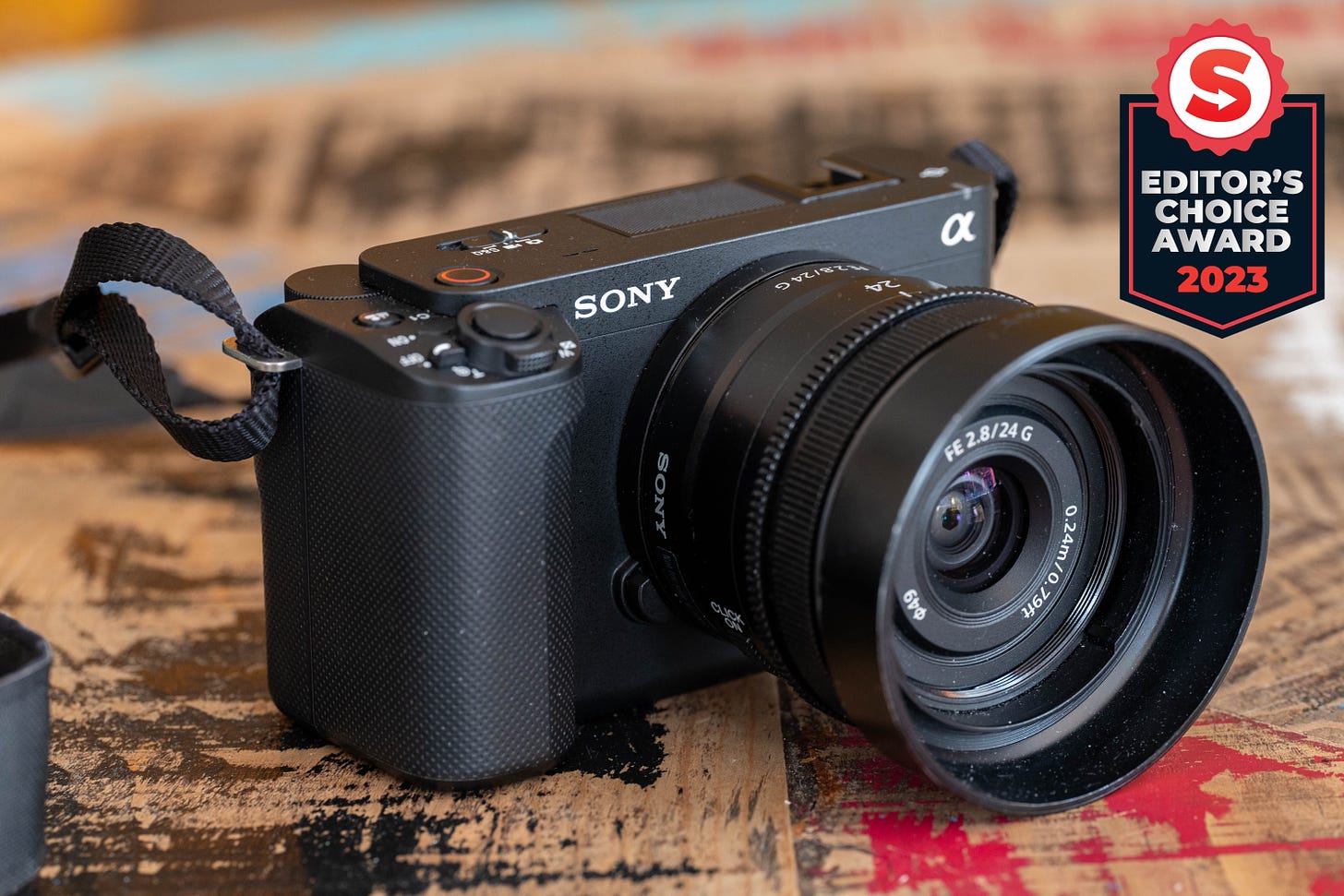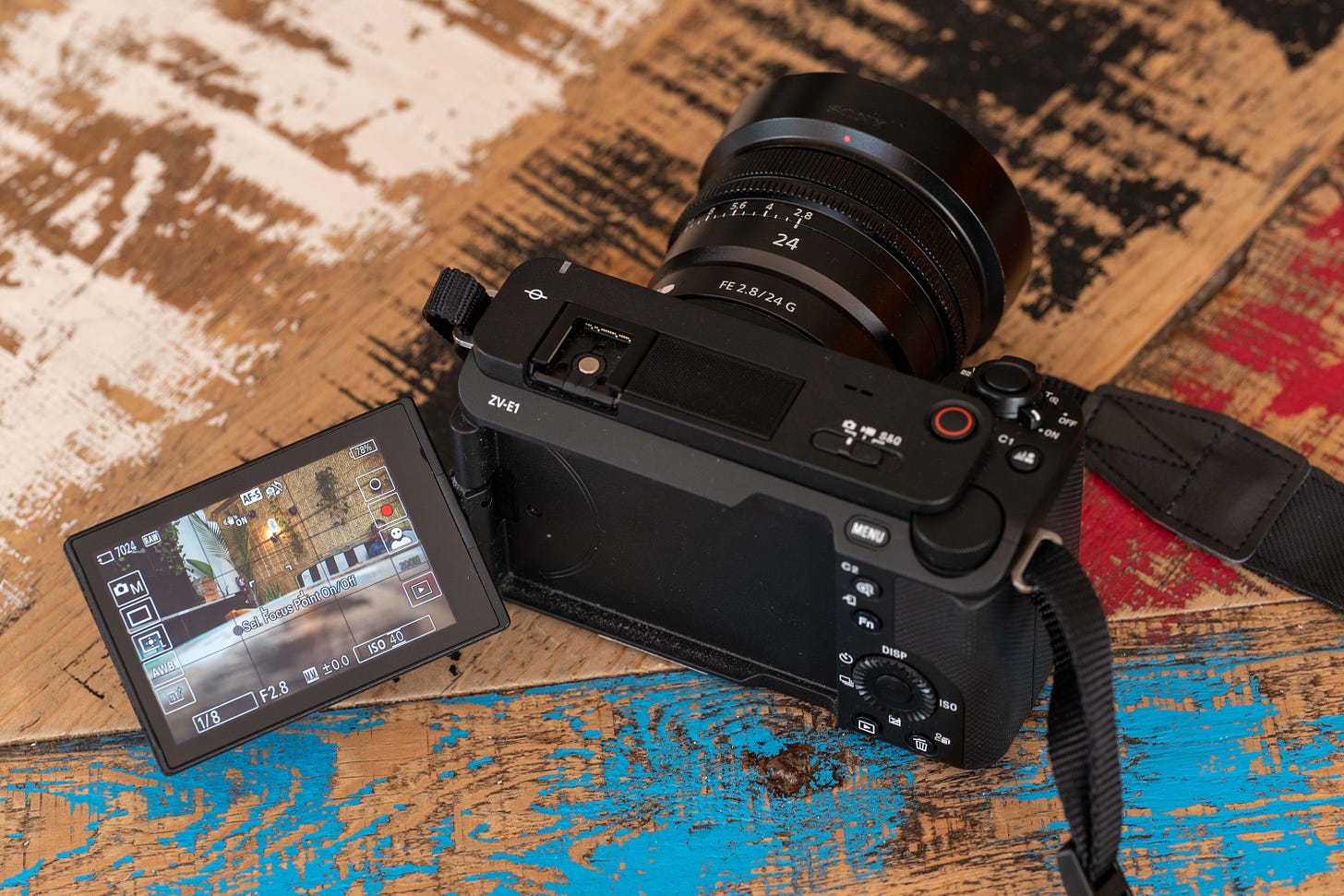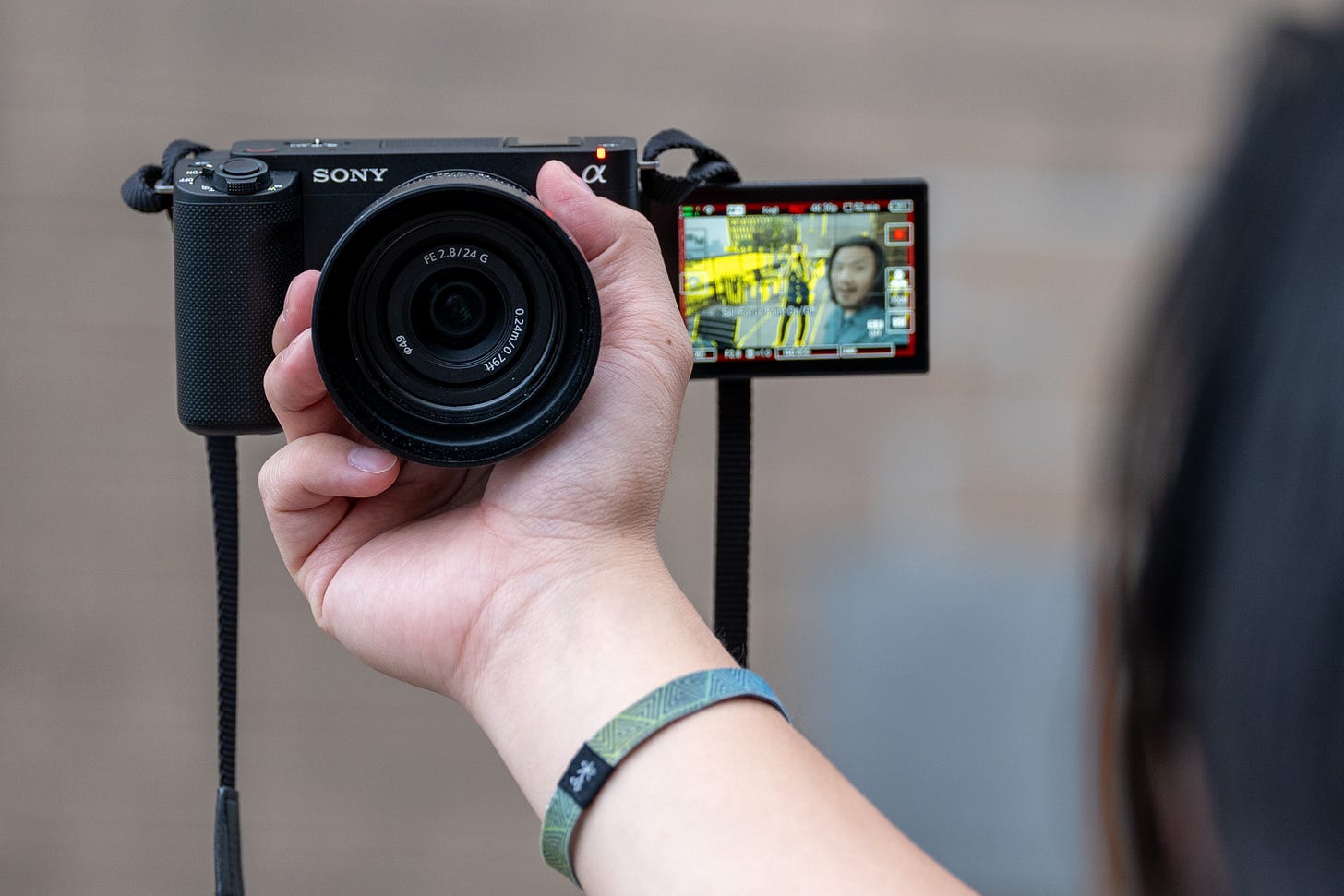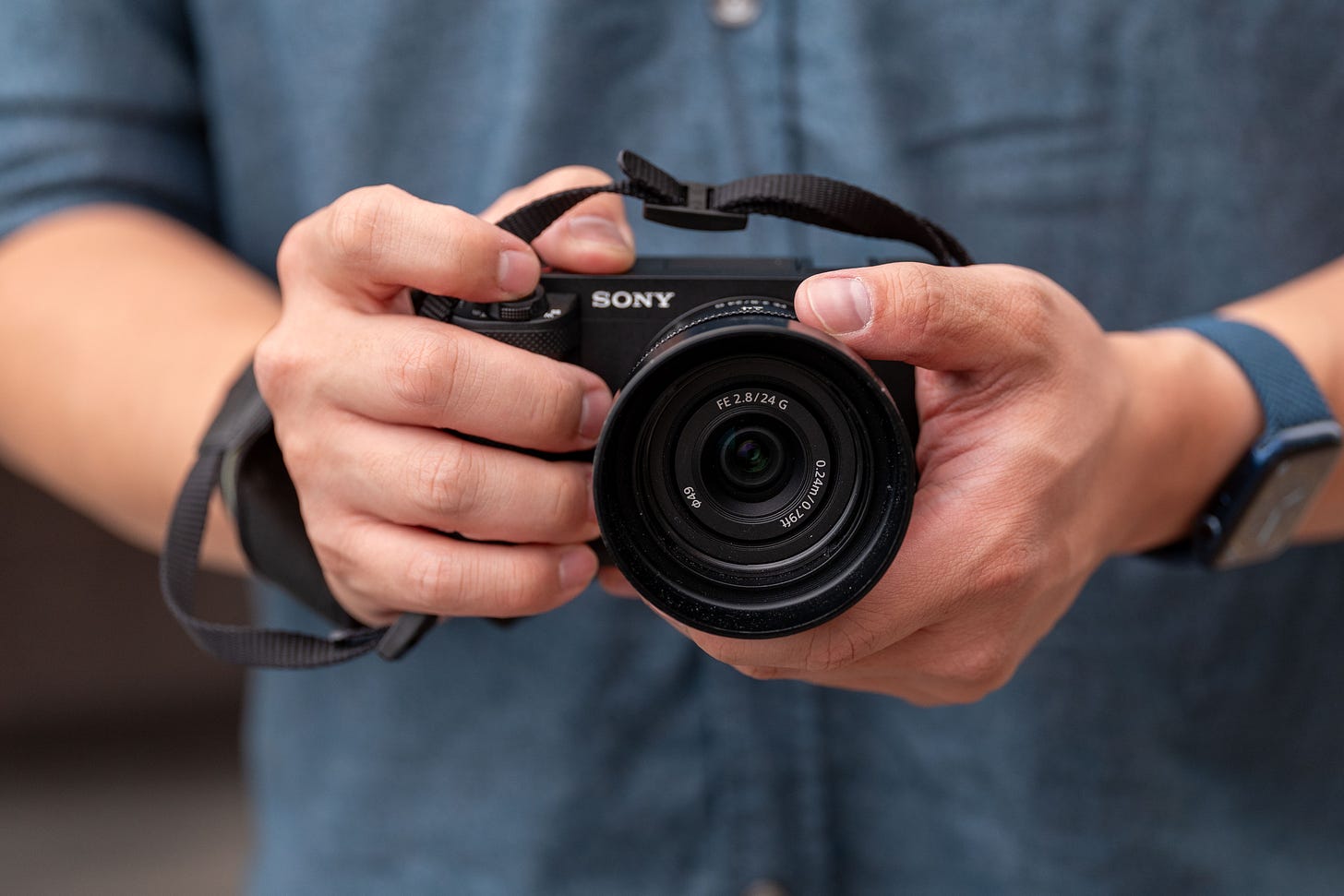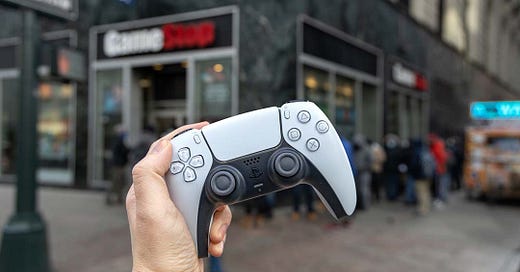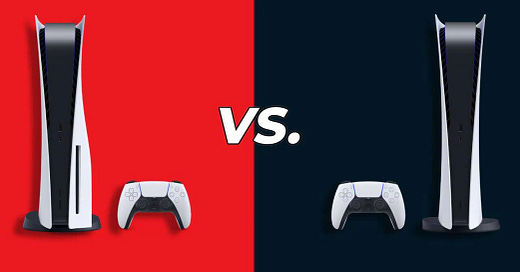
Sony ZV-E1 review: vlogging made easy
Sony’s AI-powered full-frame mirrorless is the best vlogging camera in 2023
Sony ZV-E1 review score: 4.5/5
🏆 Editor’s Choice Award
Pros
✅ 💪 Full frame sensor in a tiny body
✅ 📸 Auto Framing and Dynamic Active stabilization will wow pros & beginners
✅ 🤌 Fantastic image quality for both stills and video
Cons
❌ 😩 Tiny camera body limits buttons and dials
❌ 🍠 Dynamic Active stabilization requires heavy 2x crop
❌ 👎 Auto Framing necessitates a tripod due to locked-out stabilization
The Shortcut’s skinny review (1 min read)
The Sony ZV-E1 is one of Sony’s smallest full-frame cameras that’s jam-packed with features for both beginners and experienced pros. At the core of this camera is a large full frame sensor 12MP, which might sound low-resolution, but it’s perfect for shooting clean 4K footage no matter how dark it gets. Plus, thanks to its relatively low megapixel count, you can crank up the ISO sensitivity to 128,000 and still get crisp and clean images in low light too.
This video-centric camera’s coolest feature by far is Auto Framing, which intelligently crops the frame to keep your subject centered in videos. It works shockingly well and in a similar fashion to how Apple’s Front Row feature keeps you centered during FaceTime recordings. The Sony ZV-E1’s other best feature is shooting footage with Dynamic Active Stabilization and how it removes any camera shake or bobbing better than a gimbal can.
With a $2,200 starting price, the Sony ZV-E1 isn’t cheap, but this is a camera you can really grow into as a beginner. Its 12MP sensor sings whether you’re shooting stills or video in any lighting conditions. Also, you have access to all of Sony’s cine camera capabilities—including 4K 4:2:2 10bit internal recording and Slog3. Alternatively, if you’re an experienced pro this camera gives you almost everything from Sony’s bigger pro-bodies, like the A7s III and Sony FX3, in a much smaller package.
The best thing about the Sony ZV-E1 is you basically get the 12MP full-frame image sensor from the Sony A7s III and Sony FX3 in a way smaller package. Measuring in at 4.8 x 2.8 x 2.1 inches and 17 ounces without a lens, it’s as small as a premium compact camera that only features a 1-inch or smaller sensor.
Having that full-frame sensor means you can skip the crop-factor from a smaller sensor and you have more depth of field to play with. Meanwhile, a camera that’s smaller is so much easier to pack into a bag and carry anywhere you’re traveling.
The only downside of the Sony ZV-E1’s compact size is it does introduce a greater risk of overheating, especially at 4K60. However, in all my extensive testing including some very hot days in Taiwan (sometimes reaching 90 degrees Fahrenheit) I never encountered any recording issues or abrupt shutdowns.
Sony ZV-E1 Product Images
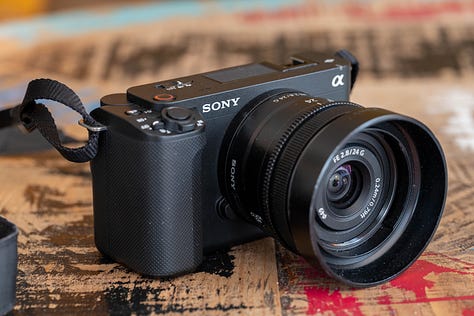
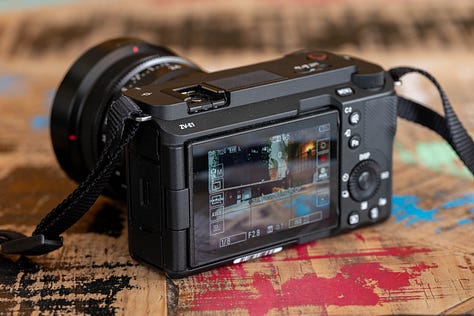
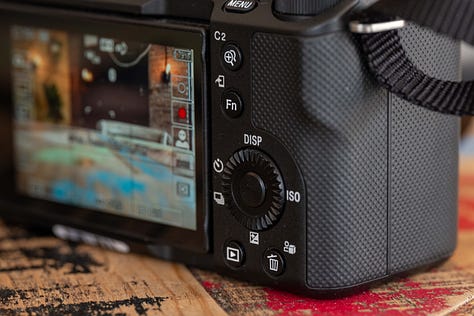
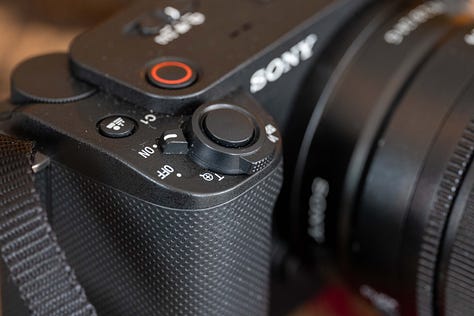
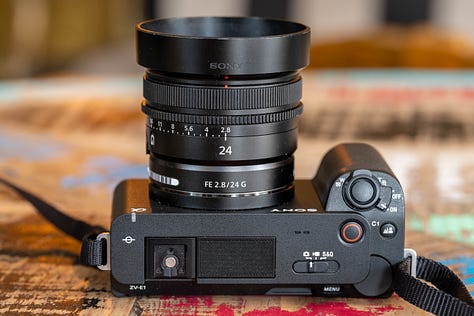
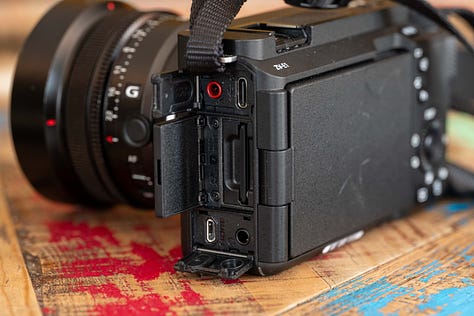

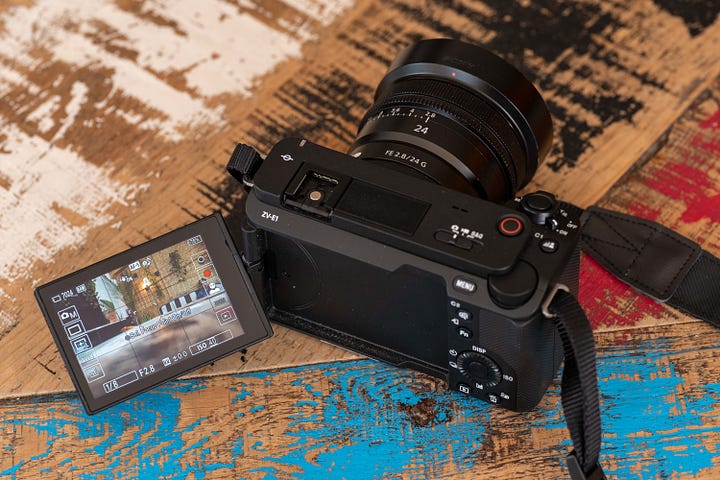
This incredibly small body also only has room for so many buttons and dials. If you’re coming from something like a Panasonic Lumix S5 II or Fujifilm X-T5 – two cameras I also tested when doing this Sony ZV-E1 review, you’ll have all of the dedicated controls you can dream of. This camera sorely lacks enough buttons, dials, and customization in general. And unlike the Lumix S5 II or Sony A7S III, you have a micro HDMI instead of a full-size HDMI port.
The good news is the touchscreen makes up for most of this. You can pretty much tap on the shutter speed, aperture, or any setting and swipe to set them appropriately. That said, during my two weeks with the Sony ZV-E1, I also often accidentally turn on Cinematic shooting or product shooting mode with this same handy touchscreen.
The Sony ZV-E1 other biggest feature is it offers the best stabilization for video. With stabilization turned up to the max, your handheld shots almost look like you have your camera on a Steadicam rig. This highest level of stabilization is called Dynamic Active and it uses a combination of sensor-based and digital stabilization as well as AI subject detection to give you the steadiest footage.
On the optical level, the sensor already bobs around on an in-body image stabilization (IBIS) system that helps remove camera shake. The dynamic stabilization applies a heavy digital crop, about 1.3x, to further reduce camera shake. Lastly, the “Dynamic” part of Dynamic Active stabilization uses AI subject detection and in-camera processing to basically predict how you’re moving so it can better remove any bobbing or shake from handheld camera movements – but at the cost of an even higher 2x crop.


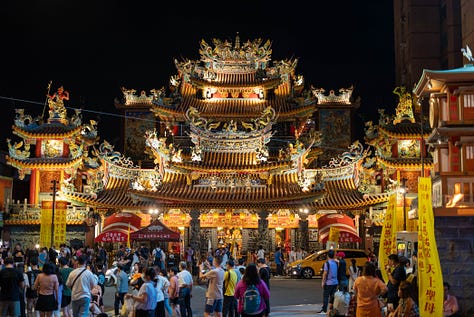
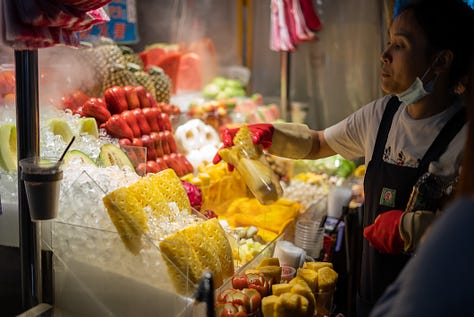
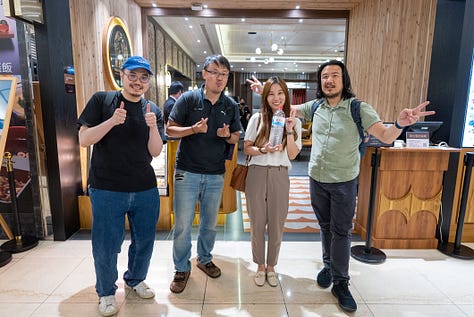
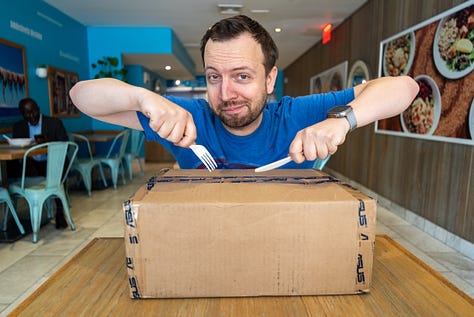
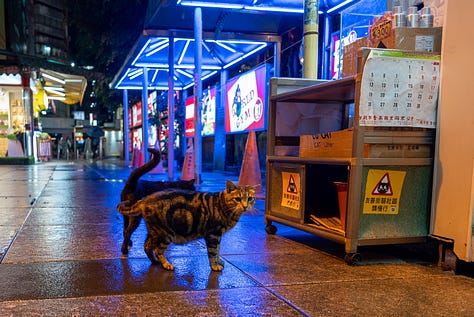


It’s all really impressive but that 2x crop is pretty considerable. For example, I was shooting most of my vlogging videos with a 24 wide-angle lens that actually turned into a roughly 48mm normal lens after factoring in the crop. This narrower focal length makes it harder to fit multiple people let alone yourself in a full-body shot if you want to vlog in that style. So you’ll want to use a very wide lens if you’re planning on doing any walking shots with the camera pointed at yourself.
The purely optical, sensor-based stabilization system also works great for photos, letting you take long exposures while just hand-holding the camera. No tripod needed unless you’re taking exposures that last for multiple seconds.
It also uses AI for a new feature called Auto Framing. This feature basically allows the camera to shrink the frame to keep you or your subject centered in the middle in a very similar fashion to Apple’s Front Row feature for FaceTime calls on Macs and iPads. It’s pretty amazing as the feature reproduces perfectly smooth pans, tilts, and zooms that a real camera person would make to keep you in frame.
Plus it works with more than one subject too if one or more people jump into your shot, the camera will automatically enlarge the framing and even turn up the aperture so everyone is in focus.
You can also tweak how Auto Framing performs including how tightly it crops in, tracking speed, and even an interval for when it should activate. You can even use this feature to swap between two subjects with a panning shot. The Auto Framing is one of the most impressive features here.
However, the drawback of this Auto Framing feature is it disables stabilization entirely. So you’ll want to shoot most of your auto-framed footage on a tripod or a gimbal or you’ll end up shooting a lot of shaky video.
The Sony ZV-E1’s AI smarts don’t stop there. There’s also a Framing Stabilizer feature, which is basically a hybrid of the Auto Framing and Dynamic Active stabilization. Framing Stabilizer essentially keeps you steadily in the center of the frame while you’re shooting video of yourself as you walk. The Product Showcase basically locks focus onto any subject you flash in front of the camera and then quickly jumps back to you once you pull it off frame. Lastly, this camera uses subject recognition to switch between recording audio from in front, behind, or all around itself.
These are all really great features for fledgling creators and video makers. And of course, all these features come built on top of a very capable video camera. The Sony ZV-E1 offers 4K60p recording – with 4K120p coming in a future firmware update – plus support for S-Log and 10-bit 4:2:2.
The Sony ZV-E1 also offers pretty decent battery life. On paper, NP-FZ100 batteries in this camera are rated for 570 photos or 95 minutes of video recording and that seems accurate. I was able to get a day and a half of shooting non-stop photos and short 4K clips with full autofocus and image stabilization turned on.
Should you buy the Sony ZV-E1?
Yes, if…
✅ You’re looking for a capable and user-friendly camera to grow into
✅ You’ve bought into the Sony camera system and want a smaller 2nd body
✅ You’re heavily vlogging and want to upgrade to a “real” camera
No, if…
❌ You primarily shoot stills and need more than 12MP for printing or cropping in
❌ You just want to experiment with vlogging; $2,200 is a lot for a starting camera
Kevin Lee is The Shortcut’s Creative Director. Follow him on Twitter @baggingspam.




